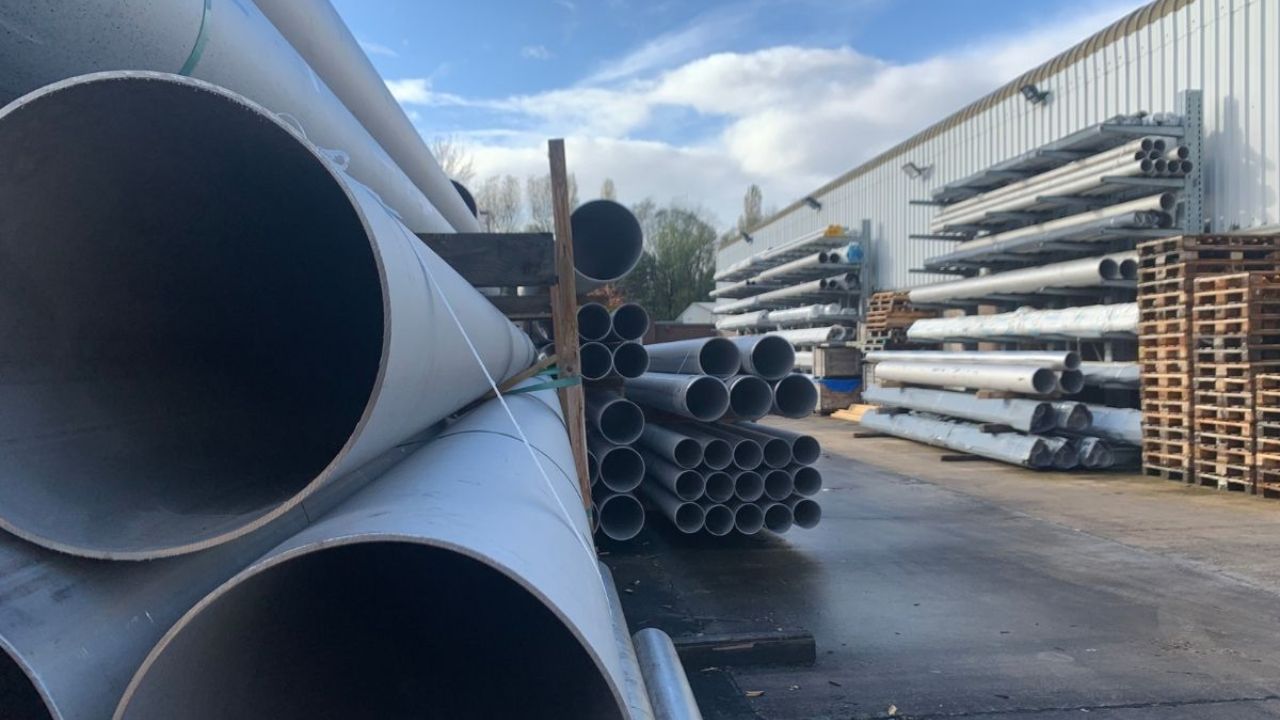In steel pipe production, quality is the order of the day, and reliability comes with it. Among the most revered systems that help keep these standards is the ASTM specification. ASTM, or the American Society for Testing and Materials, sets forth specific guidelines on materials, production, and testing. In TUSPIPE ASTM Pipe, ASTM specifications on pipes give one a clue to the quality, strength and appropriateness of pipes in various applications.
What Are ASTM Pipe Specifications?
ASTM pipe specification is the collection of internationally agreed-upon standards on how pipes must be produced, examined, and marked. Each specification relates to some form of pipe, material mix, and purpose. The quality of the pipes manufactured in various factories, even abroad, is guaranteed by these standards, so the quality and performance will be the same. When a pipe is certified by an ASTM number, it means that the pipe has undergone a battery of rigorous tests of its mechanical and chemical characteristics.
Purpose of ASTM Standards
ASTM standards are devoted primarily to help in maintaining uniformity and security of processes in production. Various important industries in which pipes are use include construction, oil and gas, water supply and power generation. In both of these industries, the malfunction or breakdown of a pipe can cause severe repercussions. ASTM specifications make it difficult to avoid those risks because they establish rather rigid quality standards that should be observed by manufacturers. They also generate a mutual language of engineers and contractors with the suppliers that facilitates any international trade and collaboration.
Common ASTM Pipe Grades
Of all the immense list of ASTM standards, a few are known especially in the pipe market. ASTM A53 is a highly utilized carbon steel pipe standard that can be used both as a non-mechanical and pressure pipe. ASTM A106 includes seamless carbon steel pipes in high-temperature services, usually used in refineries and at power plants. ASTM A252 is a steel pipe composite designed to be used in construction projects. All of these standards establish the appearance, strength, and testing standards of the pipes and warrant that they fulfill under certain circumstances.
How ASTM Standards Are Developed
ASTM standards are never invented out of thin air. They come into existence after engaging systematic procedure comprising worldwide committees of experts, scientists, and engineers. These professionals collaborate to find the needs of an industry and develop elaborate standards to achieve the same. After a draft is produced, it is reviewed and must pass through a series of reviews in ASTM membership and a vote. All proposals or protests are thought through, and the ultimate decision is finalized. Through this team effort, any given ASTM specification is representative of the requirements in transit into the real world as well as current scientific knowledge.
Global Recognition and Impact
ASTM standards are not exclusive to America. In over 140 countries, they are known and adhered to by industries today. This goes across the world, and the consequence is that manufacturers such as TUSPIPE could generate steel pipes as per international requirements, which were also acceptable to the clients globally. When manufacturers use these guidelines, they know that regardless of their location, their products win the world competition without any issues with quality. The fame of the ASTM standard across the globe has also served to simplify international trade since buyers and sellers can easily determine the grade of the materials they are dealing with the ASTM architecture.
Why Understanding ASTM Specifications Matters
Any novice in the pipe industry would have to learn about ASTM specifications. The standards provide quality control, product identification, and market confidence. Understanding the meaning of the ASTM label assists the engineer, purchaser and project managers in selecting the appropriate type of pipe according to their needs. It also enables them to evaluate the reliability of a product, prior to purchase or installation. Further, in a very complex business such as steel piping, familiarity with ASTM will be the difference between job success and significant failure.
Conclusion
ASTM pipe specification is not just a code; it is the main foundation of quality assurance in the steel pipe industry. Since the choice of the material to create the product up to the time of its testing, every process is organized into a carefully considered model that ensures its efficiency and affordability. Professionalism and reliability are what the fulfillment of the ASTM standard means to manufacturers. To the customers, it assures their security. With the ever-increasing industries and global trade, the ASTM standards will still be important so that pipes manufactured in a certain geographical location can be relied upon in all locations. Concisely, most of the language of quality in steel production begins with an insight into the ASTM pipe specifications.

